 Hunting saddles are now the hottest trend in the whitetail woods. Hunters young and old are ditching their heavy tree stands for lightweight saddles and most say they will never look back. Claims boast that saddle hunting makes it possible to position for a shot 360 degrees around the tree, hike miles into public land with minimal gear, climb any tree in
Hunting saddles are now the hottest trend in the whitetail woods. Hunters young and old are ditching their heavy tree stands for lightweight saddles and most say they will never look back. Claims boast that saddle hunting makes it possible to position for a shot 360 degrees around the tree, hike miles into public land with minimal gear, climb any tree in the woods, and maneuver around the tree to stay out of deer’s sight. While there are several advantages to hunting from a saddle that help hunters see success, saddles don’t come without sacrifice over conventional tree stands.
First and foremost, one of the most obvious benefits to a saddle is that a clunky tree stand is no longer required to get up off the ground. This translates to less noise, weight, and bulk. Current saddles on the market weigh in the range of 1.5-3 pounds. Consider that the weight of the saddle is worn on the body and not carried in a pack, and that feels even lighter. This is a huge advantage for hunters that hike miles to get to unpressured deer. However, even though the stand is no longer needed, a climbing method is still required.
The most popular method of climbing is the use of climbing sticks. Sticks are lashed to the tree and essentially form a ladder to climb up the trunk. Unfortunately, sticks are often heavier than a tree stand, so others may opt for lighter options of climbing. One popular method is “one-stick” climbing. The hunter will climb up on the stick at the base of the tree, connect the saddle to a rope that goes around the tree, sit while hanging from the saddle, and replace the step up as high as reachable. The hunter will then climb back up on the stick and repeat the process in a leap-frogging manner. Once at hunting height, the
hunter will either set up a platform, use a minimalist platform built into the stick, or use one of the many other methods to stand up in the tree. When the hunter wants to come out the tree, they rappel down, collecting the stick as they descend. This is much easier than it sounds and perhaps the most efficient method of climbing. Instead of several heavy sticks, the hunter only carries a single stick and rope for rappelling. This makes an ideal lightweight system. However, if a hunter already has a mobile tree stand set-up, it likely is not advantageous to switch to a saddle unless they plan on using the one-stick method, or another method that does not involve heavy sticks.
 Another common reason for switching to a saddle set up is to have the ability to shoot 360 degrees around the tree. It is true that a hunter can shoot all the way around the tree. It is very achievable in the backyard or during target practice. However, moving slow and smooth enough to get into position undetected by deer approaching bow range is near impossible. In one of my first hunts from a saddle I missed an opportunity at a mature 8-pointer. He crossed my offside at 30 yards through a perfect shooting lane. Despite practicing at home several times before the hunt, I couldn’t get turned around to get a shot. One way to combat this is to carry extra steps that allow the hunter to walk around the tree, though many feel that carrying extra equipment defeats the purpose of a lightweight setup. Realistically, the shooting area is only minimally larger than while hunting out of a conventional tree stand, and much more difficult to shoot to the offside. Planning the setup to optimize shooting lanes is more critical when hunting from a saddle.
Another common reason for switching to a saddle set up is to have the ability to shoot 360 degrees around the tree. It is true that a hunter can shoot all the way around the tree. It is very achievable in the backyard or during target practice. However, moving slow and smooth enough to get into position undetected by deer approaching bow range is near impossible. In one of my first hunts from a saddle I missed an opportunity at a mature 8-pointer. He crossed my offside at 30 yards through a perfect shooting lane. Despite practicing at home several times before the hunt, I couldn’t get turned around to get a shot. One way to combat this is to carry extra steps that allow the hunter to walk around the tree, though many feel that carrying extra equipment defeats the purpose of a lightweight setup. Realistically, the shooting area is only minimally larger than while hunting out of a conventional tree stand, and much more difficult to shoot to the offside. Planning the setup to optimize shooting lanes is more critical when hunting from a saddle. Additionally, shooting accurately is more difficult out of a saddle. Hunters must practice often to get used to the different body positions they encounter. Changes in body position while hanging in the saddle can alter anchor points and increase hand torque causing less consistent groups. A hunter who normally has an effective archery range at 40-50 yards may find that when they start shooting from a saddle, they can only shoot 30-yard groups consistently. Like anything, it gets easier with more practice, but it is something to be aware of when choosing a saddle.
 Saddle hunters on the internet often claim that their saddle is more comfortable than a tree stand. While saddles are not uncomfortable, the most comfortable option available is a quality climber. If comfort is the top priority, the saddle may not be the best choice. It may take a few hunts to get the adjustments in the saddle belts and ropes honed-in to maximize comfort, and climbers are just down right more comfortable for all-day sits.
Saddle hunters on the internet often claim that their saddle is more comfortable than a tree stand. While saddles are not uncomfortable, the most comfortable option available is a quality climber. If comfort is the top priority, the saddle may not be the best choice. It may take a few hunts to get the adjustments in the saddle belts and ropes honed-in to maximize comfort, and climbers are just down right more comfortable for all-day sits.Perhaps the biggest downside to saddles is cost. Saddles are selling for upwards of $200-$300 today. Factor in carabiners, rope, climbing sticks, and platforms and that could push cost over $750. A top-of-the-line mobile tree stand setup can cost nearly half of that.
After looking into some of the downsides, it is important to point out that saddles are
 an extremely popular choice for whitetail hunting for good reason. Many hunters are opting to hike father into the timber and hunt steeper terrain. These long, steep hunts make the saddle a perfect choice. Also, it is easy to climb most trees even if they aren’t tall and straight. Keep in mind though, that trees with significant lean will be difficult to keep a comfortable position in any stand or saddle. Although, because the hunter faces the tree in a saddle, it is easier to stay hidden from approaching deer by utilizing the trunk as concealment. Another benefit to facing the tree is having gear neatly hung from a strap around the tree. This keeps movement to a minimum when reaching for an item like binoculars or a bow in the moment of truth. When the hunt goes according to plan and the buck steps into the shooting lane on the bow-hand side, minimal movement is required to reach for the bow making it easier to draw undetected.
an extremely popular choice for whitetail hunting for good reason. Many hunters are opting to hike father into the timber and hunt steeper terrain. These long, steep hunts make the saddle a perfect choice. Also, it is easy to climb most trees even if they aren’t tall and straight. Keep in mind though, that trees with significant lean will be difficult to keep a comfortable position in any stand or saddle. Although, because the hunter faces the tree in a saddle, it is easier to stay hidden from approaching deer by utilizing the trunk as concealment. Another benefit to facing the tree is having gear neatly hung from a strap around the tree. This keeps movement to a minimum when reaching for an item like binoculars or a bow in the moment of truth. When the hunt goes according to plan and the buck steps into the shooting lane on the bow-hand side, minimal movement is required to reach for the bow making it easier to draw undetected.  Outside of the hunt itself, one of the most engaging aspects of saddle hunting is the realm of DIY projects that can be done to perfect equipment to exactly what the hunter wants. Gear such as dump pouches, aiders (rope or webbing step ladders), and bow hooks can be custom made by tinkerers at home. This allows hunters to have exactly what they need, designed how they want it, and gives them a sense of pride in their equipment and set up. Many commercial saddle companies were born in this manner out of necessity when other companies failed to meet their needs.
Outside of the hunt itself, one of the most engaging aspects of saddle hunting is the realm of DIY projects that can be done to perfect equipment to exactly what the hunter wants. Gear such as dump pouches, aiders (rope or webbing step ladders), and bow hooks can be custom made by tinkerers at home. This allows hunters to have exactly what they need, designed how they want it, and gives them a sense of pride in their equipment and set up. Many commercial saddle companies were born in this manner out of necessity when other companies failed to meet their needs. Just like most hunting gear, saddle gear is a matter of personal preference. I use a two panel saddle that provides more comfort during long sits. I made two dump pouches that hang off each side of my saddle's MOLLE webbing. In those pouches I have 35 feet of rappel rope and descender, a tree strap for hanging gear once I'm at hunting height, a paracord pull rope that doubles as bow a bow hoist and a means to retreive the rappel rope from the tree once I'm back on the ground, and a linemans belt. I prefer a climbing stick with steps on each side of the riser so I can stand on the rungs with both feet. I attached a 2-step Amsteel aider to the stick to allow more height, while still keeping the setup lightweight. Attached to the top of the stick is a minimalist platform that allows me to stand comfortably. While it is very lightweight, bigger platforms have recently hit the market that will make maneuvering for a weak-side shot a bit easier and I will make that investment for next season.
 All in all, saddles are a great tool to have as a deer hunter. Those who are hiking miles into public land can truly benefit from a saddle. However, there are certainly instances where the benefits of a saddle might not outweigh a conventional tree stand. With so many makes and models of saddles coming to market, it is important to try out a few before making a purchase and see all of the nuances that may be involved. A saddle may provide the edge needed to harvest an old buck. On the other hand, a conventional tree stand could be the key to sitting in the stand just a bit longer and waiting out a shooter.
All in all, saddles are a great tool to have as a deer hunter. Those who are hiking miles into public land can truly benefit from a saddle. However, there are certainly instances where the benefits of a saddle might not outweigh a conventional tree stand. With so many makes and models of saddles coming to market, it is important to try out a few before making a purchase and see all of the nuances that may be involved. A saddle may provide the edge needed to harvest an old buck. On the other hand, a conventional tree stand could be the key to sitting in the stand just a bit longer and waiting out a shooter. Links to Items From Chris Paige's Saddle Setup


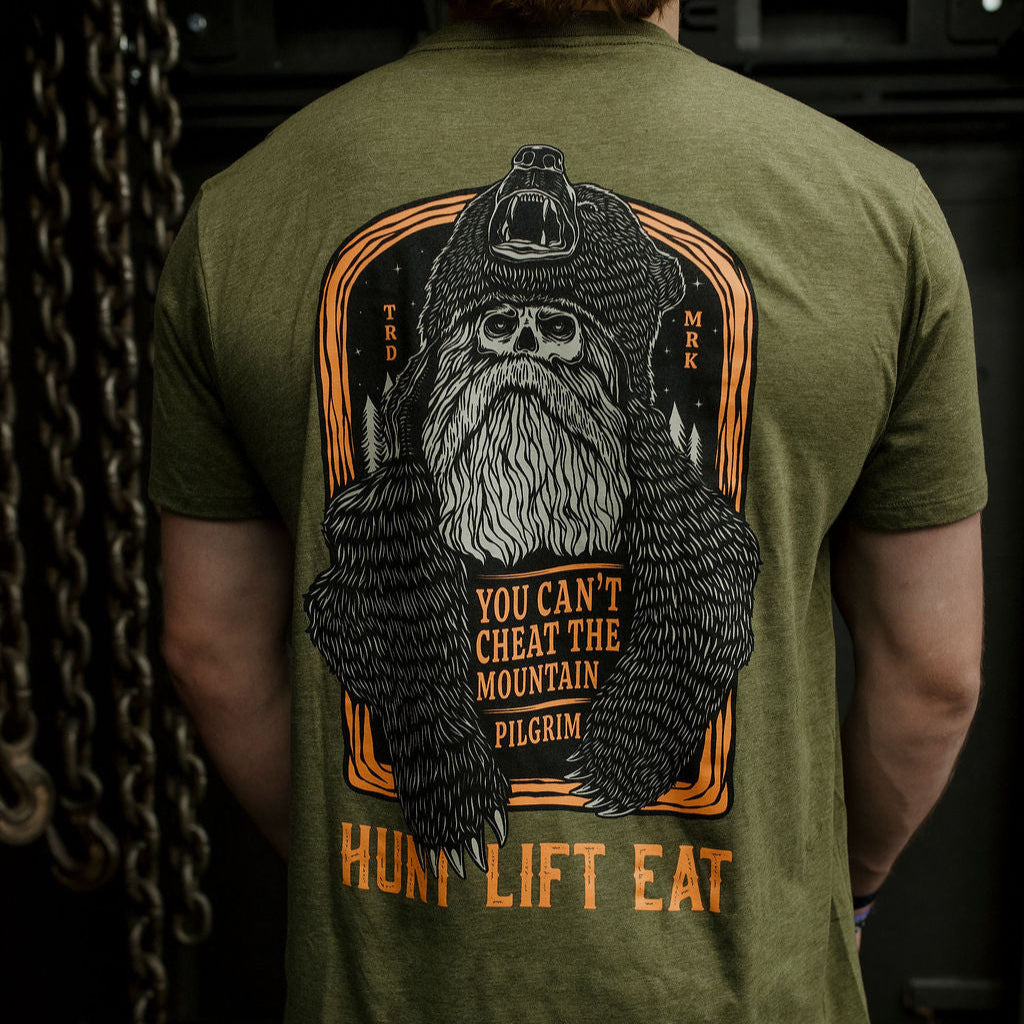

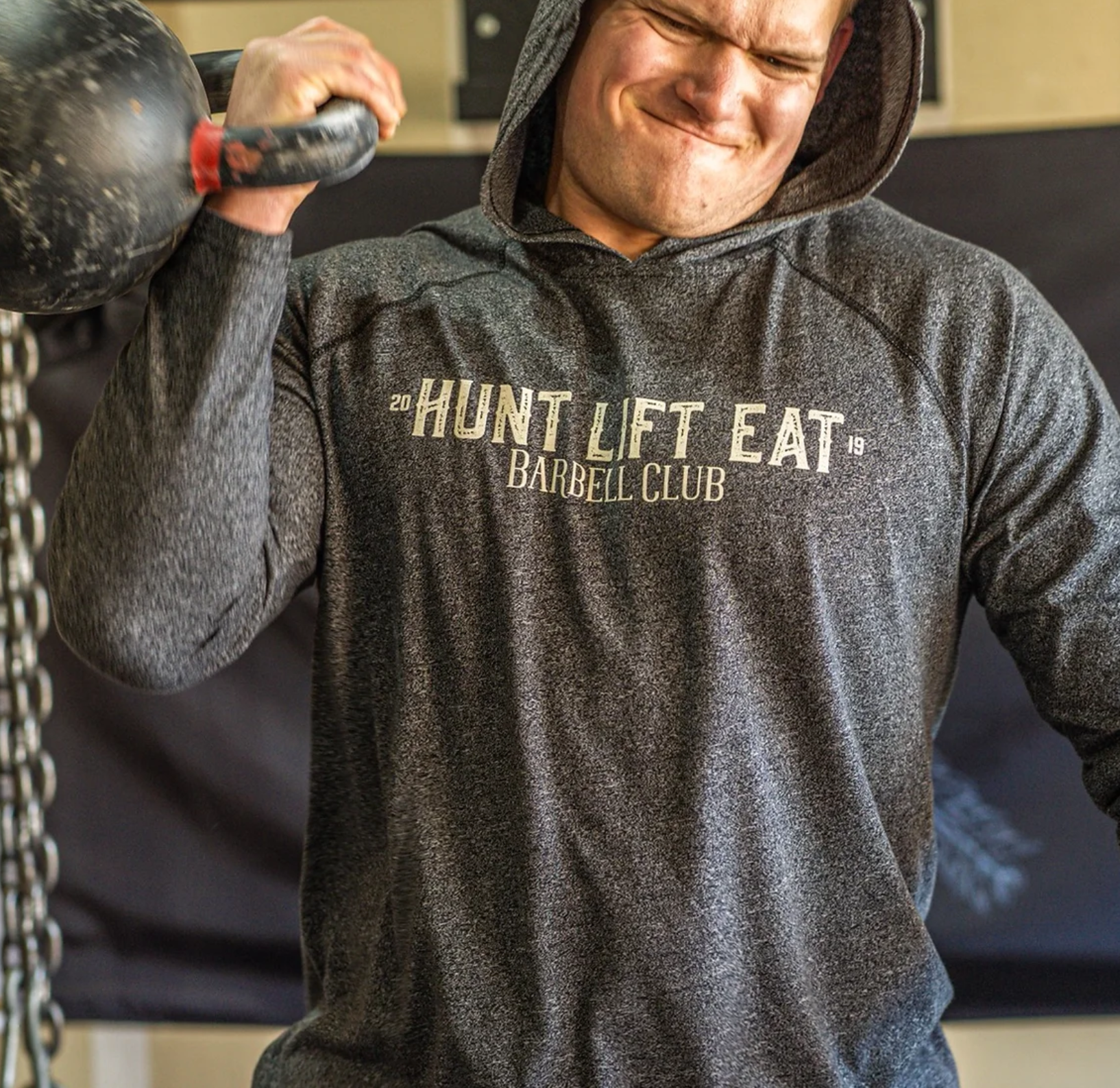
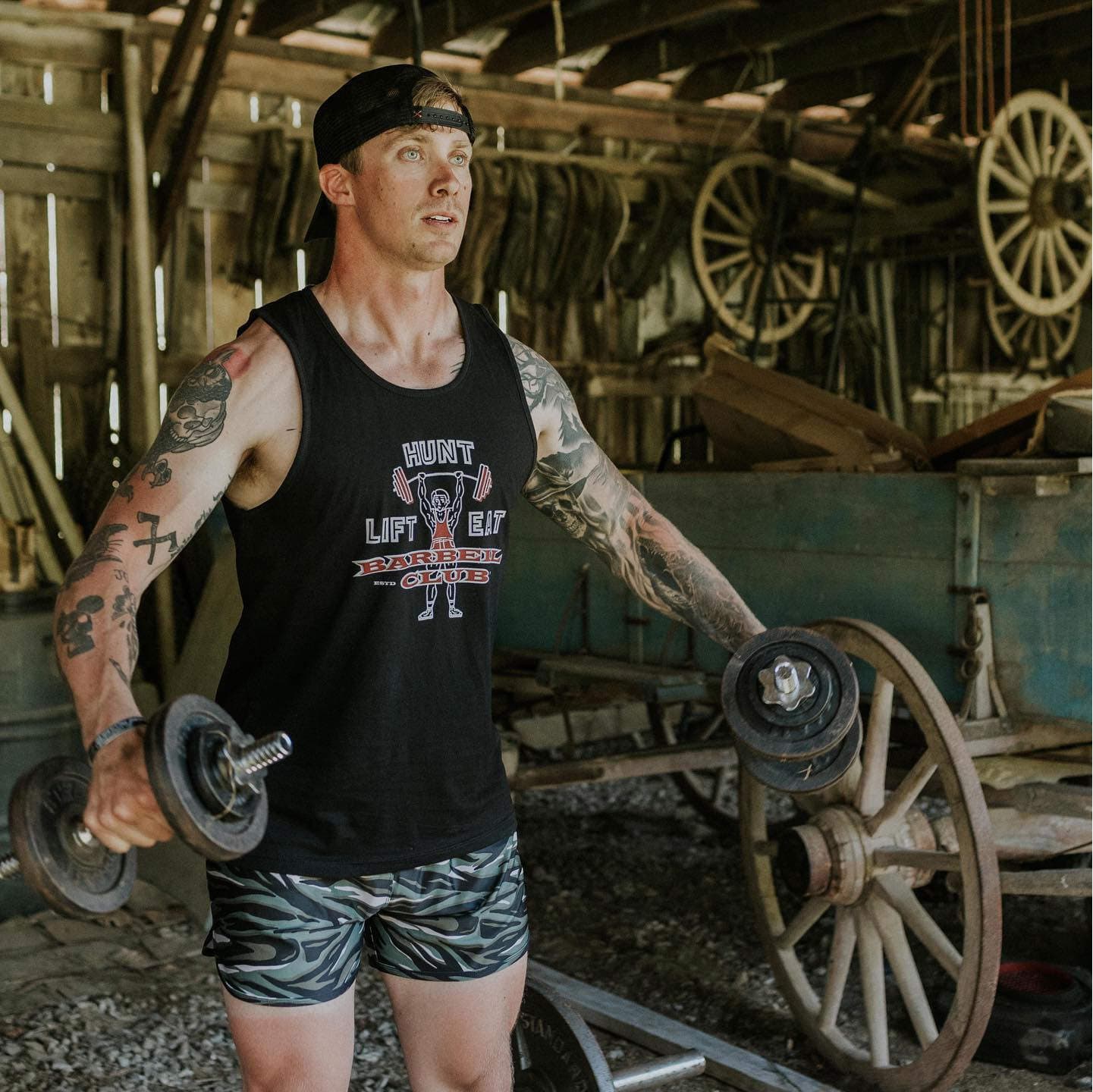
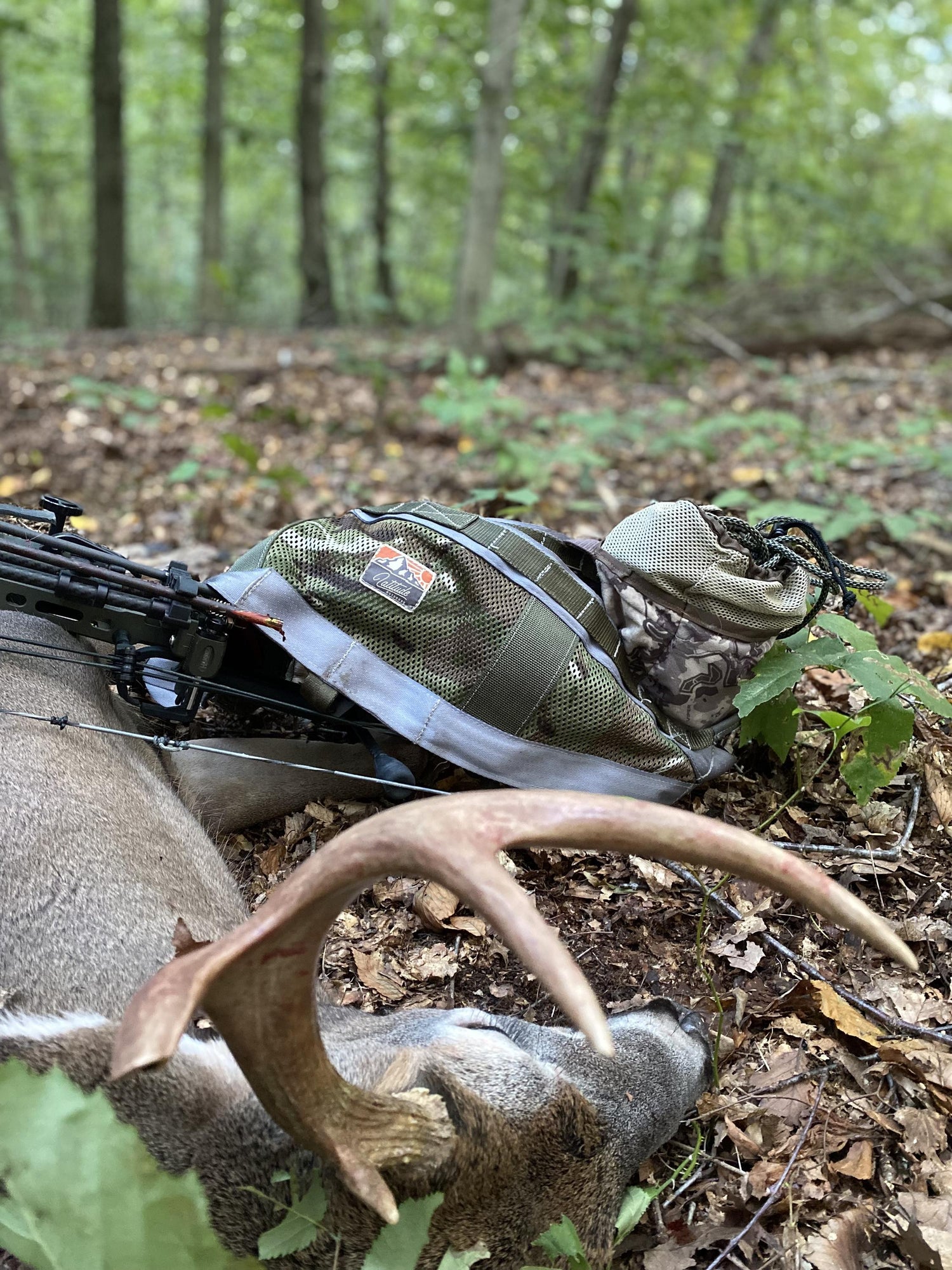
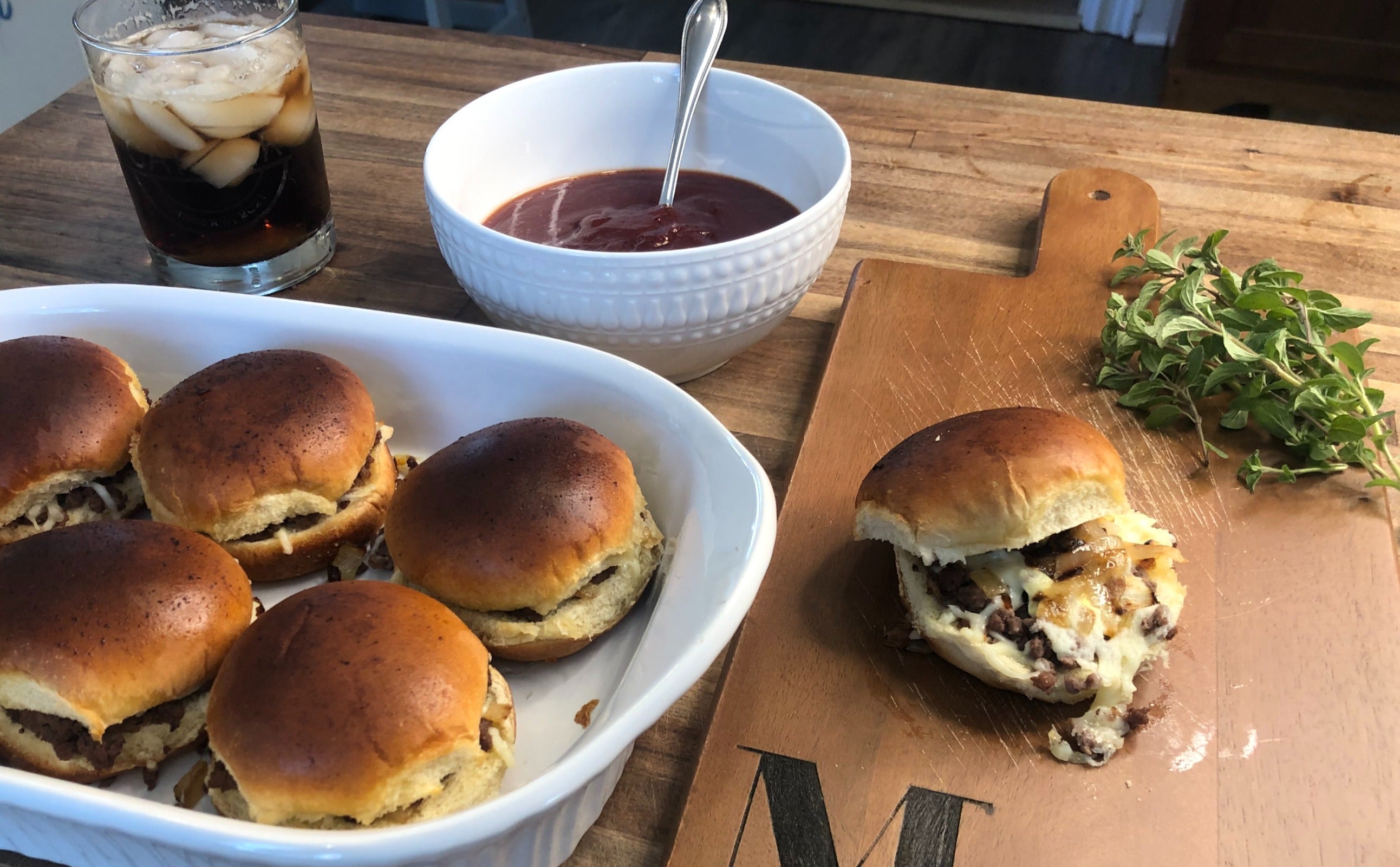
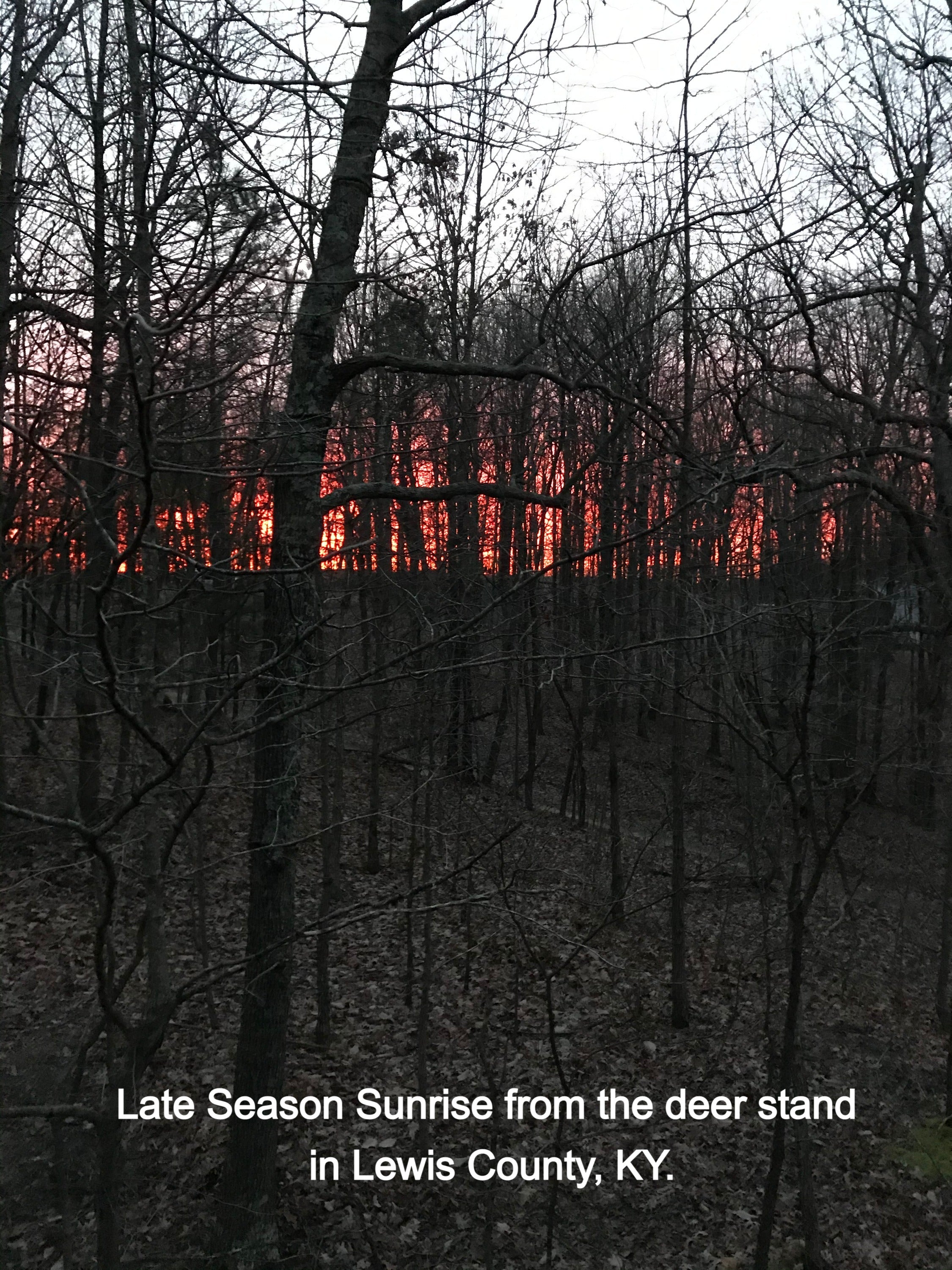
Leave a comment
This site is protected by hCaptcha and the hCaptcha Privacy Policy and Terms of Service apply.